
We kindly inform you that, as long as the subject affiliation of our 300.000+ articles is in progress, you might get unsufficient or no results on your third level or second level search. In this case, please broaden your search criteria.



The paper introduces the mobile presentation of Bulgarian bells as the newest developments in the GUIDE@HAND mobile application family. The integration of the Web based archive on the Bulgarian bells (Multimedia Fund “BellKnow”) and the mobile application family made it possible that information on bells can be presented on mobile devices. A standalone offline mobile application (BOOK@HAND Bells) was created providing multimedia information on bells including textual description (history, creator, material, height, location, description, etc.), audio files containing the sounds of the bells, photos, videos presenting the bells while being tolled and diagrams representing the acoustic characteristics of the bells.
More...
The paper examines how the understanding of fairy tales of little child could be improved with help of two contemporary learning methods - role-playing and serious games. A scenario for non-formal and fascinated study of fairy tales was explained with some actual examples using serious game environment ADAPTIMES.
More...
Central and Eastern European Online Library (CEEOL) is a leading provider of academic e-journals and e-books in the Humanities and Social Sciences from and about Central and Eastern Europe. In the rapidly changing digital sphere CEEOL is a reliable source of adjusting expertise trusted by scholars, publishers and librarians. Currently, over 700 publishers entrust CEEOL with their high-quality journals and e-books. CEEOL provides scholars, researchers and students with access to a wide range of academic content in a constantly growing, dynamic repository. Currently, CEEOL covers more than 1350 journals and 330000 articles. CEEOL offers various services to subscribing institutions and their patrons to make access to its content as easy as possible. Furthermore, CEEOL allows publishers to reach new audiences and promote the scientific achievements of the Eastern European scientific community to a broader readership. Unaffiliated scholars have the possibility to access the repository by creating their personal user account.
More...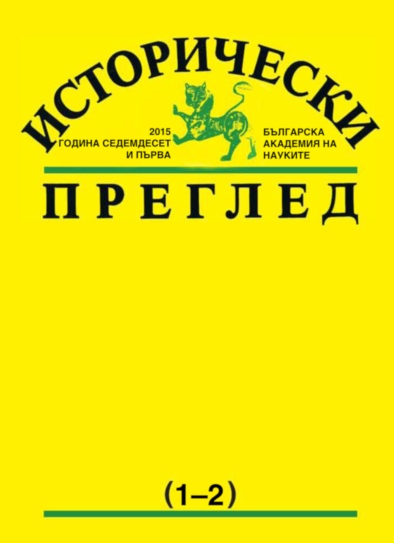
One of the first projects of the Science Archive at the Bulgarian Academy of Sciences is the “Digital Archive Marin Drinov” (http://www.math.bas.bg/digi/drinov/archiv.html). It was realized in cooperation with the department of Applied Information Technologies in the Humanities at the Institute of Mathematics and Computer Science, Bulgarian Academy of Sciences. The project began back in 2006 with the scanning of 24 archival units (176 facsimiles of manuscripts, 14 printings and 15 black and white photos) from fond № 104K of the Science Archive. It is worth mentioning that the digitalization of a personal archival fond is the first of its kind in Bulgaria with respect to the technological, methodological, and classification merits of the digitalized information. The future plans of the team that undertook this project are closely related to the systematic updating of published information, in terms of quantity and thematic content, with documents reflecting the life and work of M. Drinov which are kept in the fonds of the Science Archive. This project is still viable in 2014, a year marking the 145th anniversary of the Bulgarian Literary Society (now the Bulgarian Academy of Sciences.)
More...
The text presents the factors to be taken into effect for the construction of infrastructure for the preservation and storage of information. Basic information that will help protecting of the business in the event of a disaster is given.
More...

3D digitization is becoming the norm in the preservation of tangible cultural properties be it movable or immovable. In the case of mobile cultural objects, 3D models are normally acquired through non-destructive methods such as photogrammetry or 3D scanning using structured light or laser. The continuing improvements in scanning equipment which result in higher accuracy and resolution can be translated to mean higher level of 3D data acquired. At times, the quantity of 3D data of a single model can get too large and beyond what a normal work-station can process. This is where optimization comes in. However, the level of optimization will vary to suit the final purpose or usage of the 3D model. During optimization, the resulting optimized 3D model is bound to suffer from some level of data loss when compared to the original 3D model acquired directly from laser scanning. This paper discusses a practical method devised by Amber Digital Solutions in maintaining a high level of accuracy of the final optimized model for national archival purposes which requires the highest form of quality.
More...
The present study examines the interactivity, categories and levels of interactivity and its various forms in the digital environment. The issue of the characteristics of interactive learning communication has been investigated. The study outlines the specificities of ensuring the integration and interactive representation of cultural heritage artifacts in the North+ region. The problems of people with visual difficulties in accessing interactive systems and digital cultural heritage are being addressed.
More...
The absence of adequate training is one of the main problems for museum specialists in the process of digitalization of tangible and intangible cultural heritage. The first part of the paper presents the main results of a survey related to the topic among the staff of Regional historical museum Burgas. The second half discuss-es the paradigm of Massive open online courses (MOOC) as one innovative and flexible solution for continuing vocational education and training. Presented are the results of a large scale research conducted in the framework of BizMOOC project regarding the usage of MOOCs for corporate training in European organizations including cultural institutions such as museums, libraries, archives etc.
More...
The first information day on innovation ecosystems of digital cultural assets will present current results of the research project Concepts and Models for Innovation Ecosystems of Digital Cultural Assets. The project aims at the search for and creation of new scientific knowledge and the achievement of fundamental results in the areas of big data, massive data mining, data management, data processing, data analytics, data visualization, etc. in the digital cultural heritage domain.
More...
In technology-enhanced education, the “serious games” method is accepted as a research, pedagogic, and evaluative tool. The method helps instructors to motivate student learning, curiosity, creative and logical thought, as well as develop a variety of skills and competencies. Serious educational games aim to cultivate better comprehension strategies, creative thinking, learning-by-doing (production, authorship), and students’ engagement in their own cognition and learning processes. The first information day will present the scholarly and scholarly-practical outcomes of the Serious Education Games as Contemporary Tools for New Educational Applications project, Contract DSD-2/05.04.2017, between the Bulgarian Academy of Sciences and the Institute of Mathematics and Informatics, activity Introduction of Contemporary Methods in Educating and Fostering Young Talent (PMC №347).
More...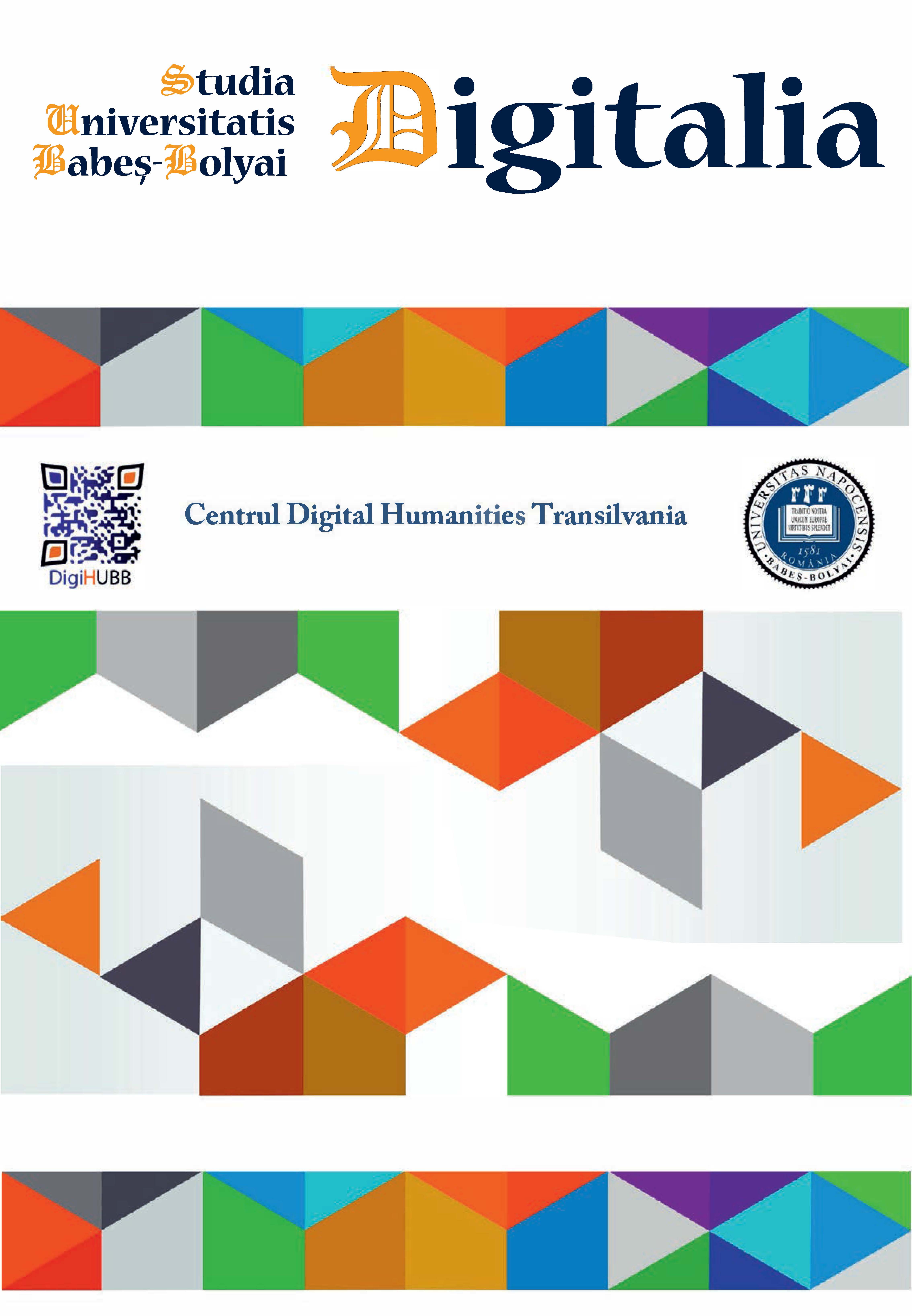
This research wishes to consider the venerable, but relatively marginal use of timelines as means of visualizing coexisting historical events and figures with special emphasis on Art History, a domain where it loses many of its inherent faults and manages to functional. The use of digital tools in humanities research is on the rise, yeilding interesting results as the timelines are now able to take on new forms. The benefits are thus increased and this chronological representation complements the traditional and established method, especially when it comes to teaching a subject that contains such ample amounts of data.
More...
XML and XSLT are very popular technologies among Digital Humanists. However, when it comes to deploying an XSLT 2.0 processor into a website infrastructure some difficulties arrise. This paper discusses two possible approaches for doing XSLT 2.0 transformations on the fly on a Web (Application) Server: Saxon as a PHP extension and Saxon within the popular XML database eXist. The conclusion shows, that both solutions have their pros and cons. In the end, however, the PHP solution wins.
More...
The paper is a synthetic presentation of the contents of parish websites and Facebook profiles in terms of historical information posted online. For the purposes of the analysis, a representative group of one-third parishes of the Archdiocese of Przemyśl has been selected (125 out of 392). The research lasted from April to early June 2022. The analysis showed that 64% of the parishes had their own websites, another 8% (without a website) had a Facebook profile, and 28% of the examined parishes remained offline. Within the group of parishes with their own websites, 84% included historical information in the form of texts of considerably varied size and quality, prepared for the purposes of the website. Some of the texts had a quality of reliable scientific monographs. In rare cases calendars of events from the parish life or parish chronicles were found. Parish Facebook profiles were hardly ever used for publishing historical content.
More...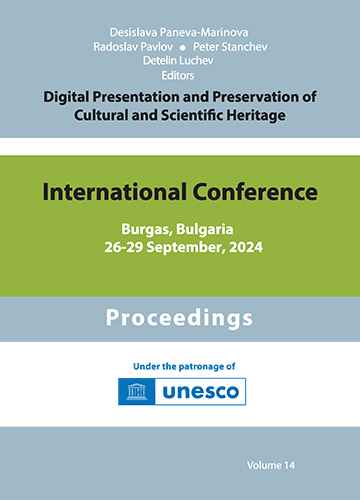
The paper presents the research, development, and some of the major implementations to date of the web-based platform for intelligent cultural con-tent management CultIS. It is an innovative environment providing descriptive cataloging, subject indexing, intelligent data retrieval, curation and collection development aimed at meeting the functional needs associated with the growing expectations of users of cultural institutions such as libraries, museums and other providers of cultural and historical heritage. Based on the implementations of CultIS for different purposes and contexts, not only its effectiveness, stability and reliability are tested, but the results also serve for its constant development and improvement.
More...
The cartographic collection of the „St. St. Cyril and Methodius” National Library is a rich source for studying the history, geography and ethnography of our country, the Balkan Peninsula, Europe and other continents.The oldest editions in the collection date from the 16th century.
More...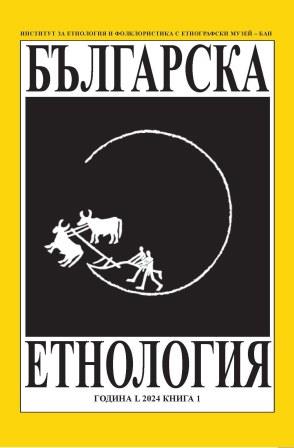
The museum has long since gone beyond its function as a monolithic guardian and passive source of knowledge. Today, it is actively involved in the creation of social and individual meanings, as well as in the education of Generation Z students (born between approximately 1995 – 2015) in dozens of humanities and exact sciences fields. Museum collections and exhibitions offer a variety of educational opportunities for teaching in any university major. Academic literature indicates that a well-thought-out and structured live learning encounter with art objects or artefacts engages the visitor on a sensory and emotional level, creating the conditions for a deeper perception and understanding of given concepts or content. A successful educational experience in the museum is also determined by the use of appropriate pedagogical approaches, which help to establish the connection between the selected works in advance of the educational topic. This article presents six broadly applicable interdisciplinary models for teaching with art objects: the museum as an institution; visual and tangible literacy; art as context; art as a conceptual framework, art as primary text, and art as creative inspiration. Developed and utilized by the author in her many years of professional practice, these six models offer an accessible entry into the idea of the museum as a pedagogical partner and prolific space of learning. They allow educators from all disciplines, even those not traditionally involved with visual culture and the arts, to imagine how a museum visit can be structured and can contribute to specific educational goals and outcomes. The article perceives the 21st century museum as an accessible, inclusive and multimodal educational medium that emphasizes both the acquisition of knowledge and the development of skills and mindsets are particularly important for the success of Generation Z and its specific educational needs, styles and environments.
More...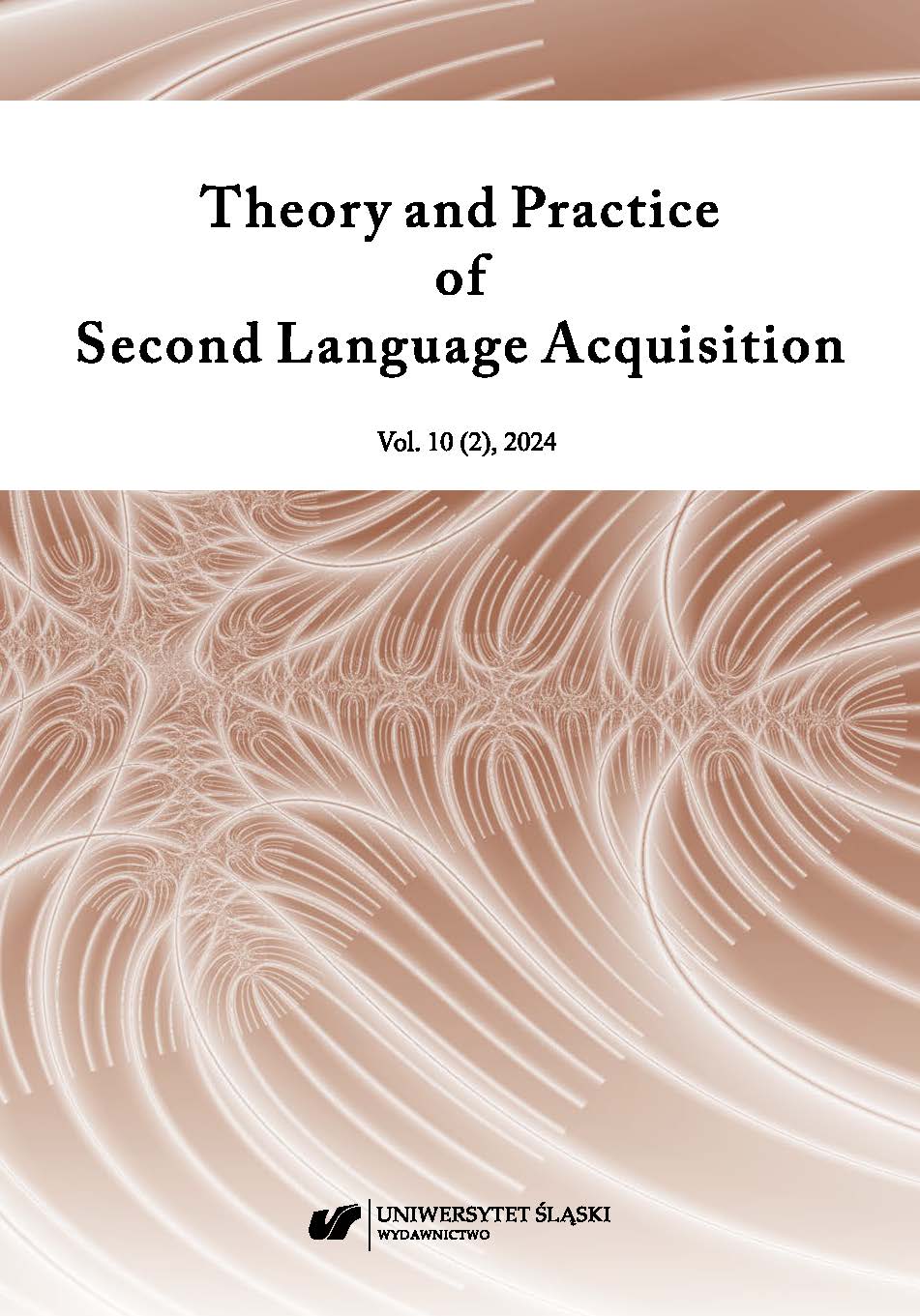
Previous research has established that determining lexical sophistication (i.e., the percentage of sophisticated words in a text) through the judgment of teachers on a corpus of words is a more accurate method than relying on word frequency-based lists. However, this approach can be time-consuming. To overcome this drawback, a new method is proposed in this study, which involves rating specific words out of context. A list of 68 words that appeared in approved high-school textbooks of teaching Hebrew to Arabic speakers was given to six experienced Hebrew teachers, who then categorized the words into four levels of lexical sophistication: (1) very basic words to (4) very advanced words. From this, a list of 28 words was created, with seven words from each level, and the lexical sophistication level was agreed upon by two-thirds of the teachers. Nineteen Arabic-speaking learners of Hebrew were asked to define the chosen words (passive vocabulary) and compose a sentence including each (controlled-active vocabulary) in a test-retest study at two time-points: the 11th and 12th grade. The results indicated that although there was no significant increase in lexical sophistication over time, significant differences emerged between the four levels of lexical sophistication, with students’ accuracy decreasing as the level of lexical sophistication increased. Additionally, only in the 11th grade was passive vocabulary found to be significantly larger than controlledactive vocabulary. However, as acquisition time increased, the gap between these two vocabulary types narrowed, due to improved performance in the controlled-active task. Furthermore, a significant correlation was found between passive and controlled-active vocabulary, which became stronger with more acquisition time.
More...